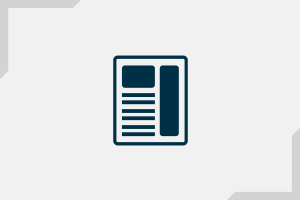The IUL Investment Allocation Decision
Indexed Universal Life policies account for more than a quarter of all life insurance sales in the United States. They are often used in conjunction with executive benefit programs like split dollar and deferred compensation.
The downside protection offered by the minimum guaranteed interest rate is a key reason this policy structure is used in Loan Regime Split Dollar arrangements like those used by nonprofit organizations. The premiums paid by the organization are treated as loans to the executive that are repaid at death. Having an interest credit that is guaranteed to be 0% or greater but with upside potential based on the S&P 500 can be very attractive.
How carefully have company sponsors and plan participants considered the investment choices available in each policy? The beauty of IUL is the downside protection it offers, with crediting rates that are in part determined by changes in the S&P 500 index (excluding dividends) but protect against losses by guaranteeing a minimum crediting rate of 0% or 1%, in exchange for a cap on the crediting rate.
Most IUL policies have several indexes to choose from, each with a unique combination of Floors, Caps, Participation Rates and Enhancements. It can be a challenge to choose between them, and many people simply choose the default Classic index.
But in fact, each of the indexes will perform differently in different types of markets – losing markets, low return markets, average markets and high return markets.
EBS has developed a methodology for comparing the index options available in an IUL policy and identifying which ones perform best in different markets. The result is a helpful decision-making tool for policy owners.
You can access this tool in our white paper, The IUL Investment Allocation Decision: Which Index Option Should I Choose in My Insurance Policy?
We discuss what it all means with a reminder that IUL allocation choices aren’t a one-time decision. You can not only change your investment option every 12-months, but you can also use more than one Index to create some diversification of risk.

